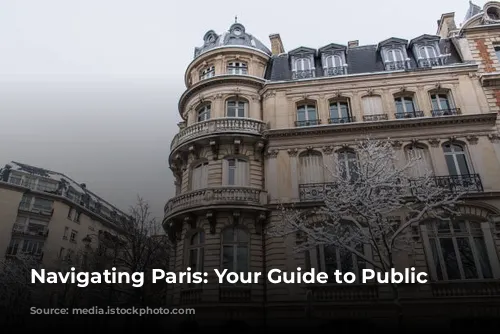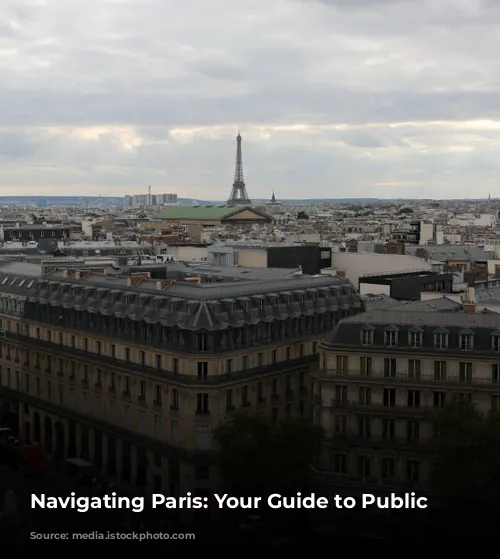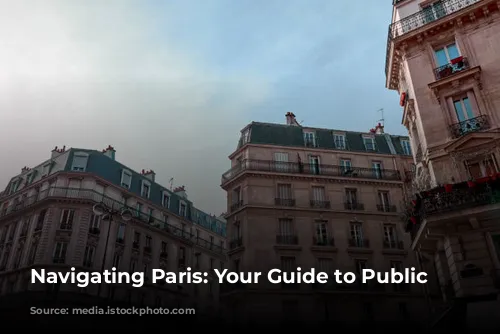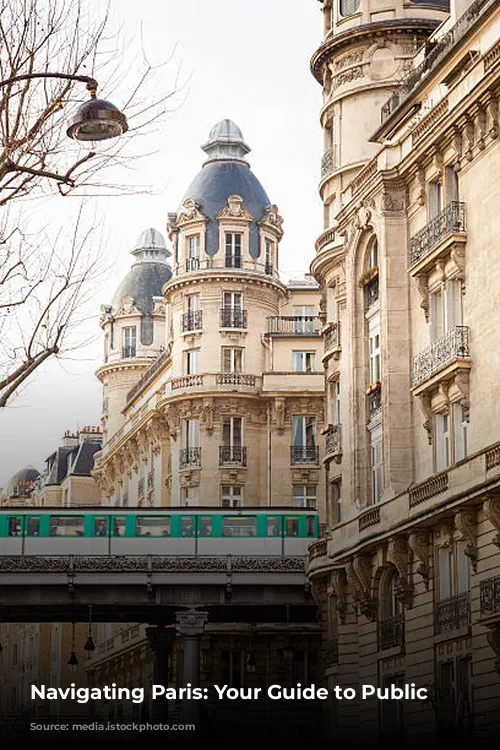Paris, the City of Lights, is a wonderful place to explore on foot. However, at some point, you’ll need to use public transportation. While Paris’s public transit system is considered one of the best in the world, it can seem overwhelming, especially for first-time visitors. The métro map might appear like a tangled maze, but don’t worry! This guide will help you navigate Paris’s public transportation with ease.

Unraveling the Transportation Network
First, let’s understand the different modes of public transportation in Paris:
- Métro: This is Paris’s underground railway system, often referred to as the “Métropolitain.” The extensive métro network boasts over 300 stations and 16 distinct lines that snake through the city and its surrounding suburbs. Each line has a number (1 through 14, plus two “bis” lines) and a unique color. Although the shades may be similar, remember the line numbers for easier navigation.
- RER: The RER, short for “Réseau Express Régional d’Île-de-France,” is a network of suburban trains that act like the métro within the city center. The RER lines are identified by letters (A through E). If you stay within Zone 1 of Paris, you can use your regular métro ticket for RER trains.
- Buses: Paris has a comprehensive bus network with over 60 lines in the city and numerous lines in the suburbs. Unlike London or other cities, the bus might be less convenient for tourists. However, if there is a convenient bus line near your accommodation, it could be a helpful option.
- Trams: Tramway or streetcar lines run along the city’s outskirts and in some suburbs. Unless you’re staying near these lines, you likely won’t need to use them.
- Funiculaire de Montmartre: Paris boasts one funicular, a modern cable car that takes you from the base of the Sacré-Coeur Basilica to its doorstep. Taking the funicular saves you from climbing the 222 steps beside it, making it a convenient choice for those with mobility limitations or families.
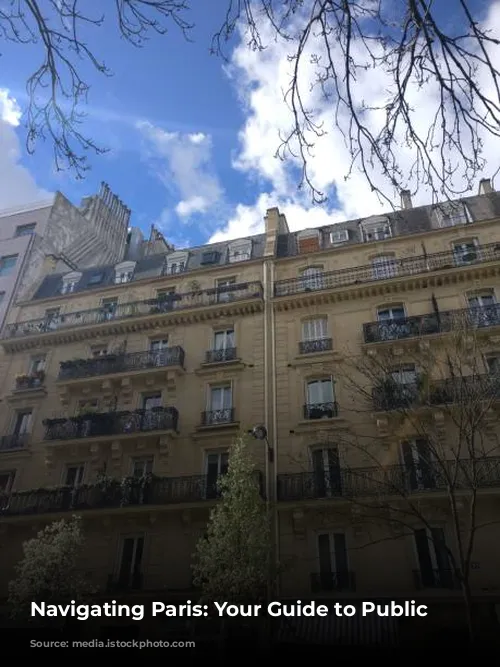
Mastering Tickets and Zones
Tickets for Parisian transit, known as T+, are available in virtual and physical formats. These tickets allow you to travel for 90 minutes. You can transfer between the same type of transportation (for example, from the métro to RER within the city) or from one bus to another or the tram.
Paris and its surrounding suburbs in the Ile-de-France region are divided into five zones. All 20 arrondissements of Paris are within Zone 1, so you likely won’t need to worry about which zone you’re in, as most visitors stay within the city limits. If you take the métro to a different zone, you don’t need a special ticket. However, for journeys outside of Paris (like to the airport or Versailles), you’ll need a separate, more expensive ticket.
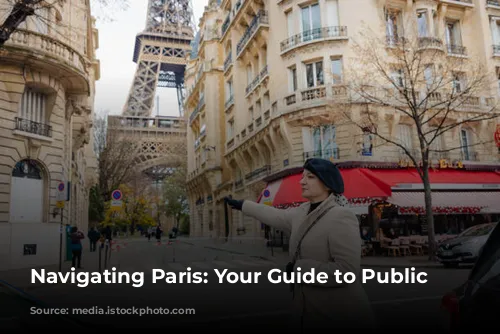
Navigating the System with Confidence
To ensure smooth travel, keep your ticket until you exit the turnstiles at a station. This ticket acts as proof of purchase, and failure to present it during a ticket inspection could result in a hefty 50 euro fine.
If you’re travelling with children aged nine and under, they are eligible for discounted tickets. For detailed information, refer to our dedicated article on this topic.
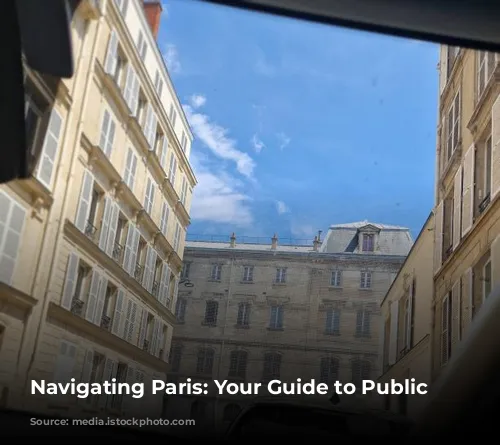
Choosing the Right Pass for You
While Paris is a fantastic city to explore on foot, an unlimited “Paris Visite” or “Navigo” pass might not be worthwhile unless you plan on using public transportation extensively. Instead, consider getting a Navigo Easy card, a convenient plastic card that allows you to load tickets purchased from station vendors, automated ticket machines, or your phone. You can also buy virtual tickets through the Ile-de-France Mobilités app and use them directly on your phone. Check out our article for detailed information on using the app.
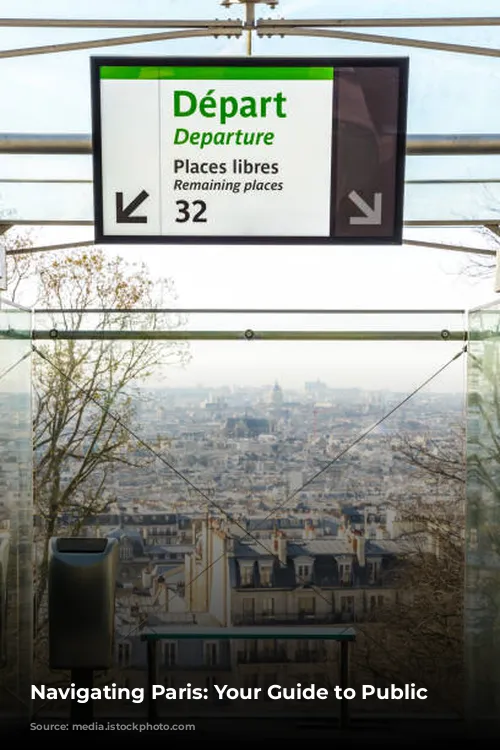
Avoiding Rush Hour and Nighttime Travel
Public transportation in Paris is significantly busier during rush hour, when Parisians are heading to or returning from work. Avoid travelling between 8 am to 9:30 am and 5 pm to 7 pm if possible, as you might find yourself squeezed into crowded trains.
Although Parisians would love for the métro to run 24/7, it unfortunately doesn’t. The métro operates from approximately 5:30 am to 1 am from Sunday to Thursday, and until 2 am on Friday and Saturday nights. The exact departure times for the first and last train vary depending on the station’s location along the line. For nighttime travel, there are Noctiliens (night buses), although these run less frequently than the métro. To check real-time schedules, use the CityMapper or Google Maps app on your smartphone.

Accessibility and Etiquette
While the métro is a convenient way to travel, it has limited elevators or escalators, meaning you’ll likely need to navigate stairs. This can be challenging for those with luggage, strollers, or mobility limitations. Fortunately, métro line 14 and RER stations tend to have elevators and/or escalators. Buses are also a better option for travelers with reduced mobility. For more accessibility information, refer to our dedicated resource.
When you encounter an escalator, remember to stand on the right-hand side. Some passengers prefer to walk up or down the escalator, so leave space for them to pass. Failing to do so might earn you a stern “pardon” from the walker behind you, prompting you to move to the right.
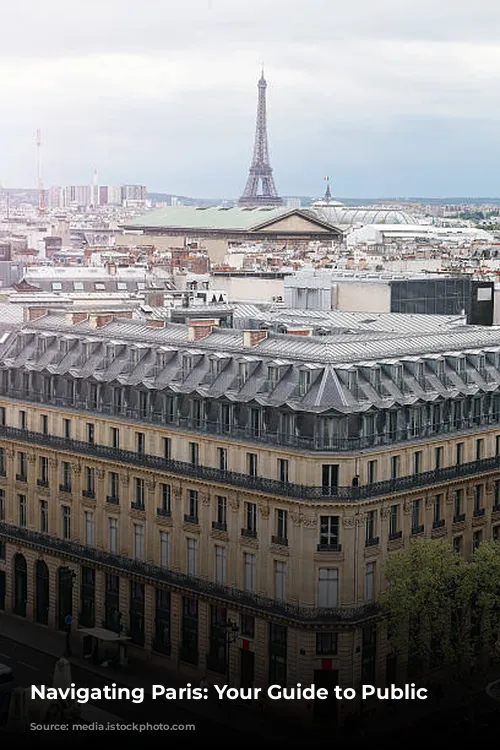
Safety and Security
While Paris is generally a safe city, the métro is a hotbed for pickpockets. Be extra vigilant on lines frequently used by tourists, especially lines 1, 2, 4, and RER B, which connects to the CDG and Orly airports. Keep your handbag or backpack in front of you and zipped up to minimize the risk of encountering pickpockets.
Never leave bags on the train or platform, even an empty shopping bag. Doing so could halt traffic as the bomb squad needs to be called in. If you accidentally lose something, there’s a chance you can retrieve it through the Paris transit system’s Lost and Found service. Good Samaritans often turn in forgotten items to métro staff, and people have even recovered misplaced luggage, passports, and computers! However, it’s essential to be careful and ensure all belongings are with you before leaving the métro.
Enjoy exploring Paris using its efficient and convenient public transportation system. Remember this guide and navigate the city with ease and confidence!

